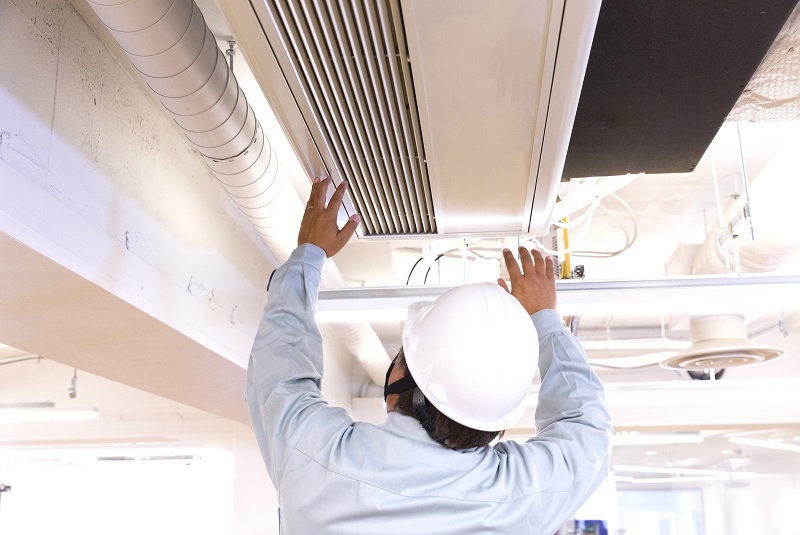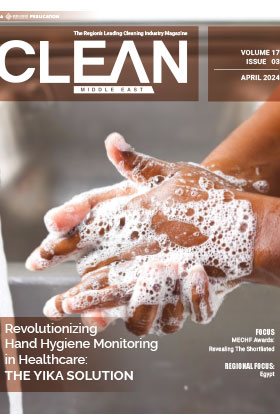
In terms of human health alone, we consume far more air than any other substance. It is the most important life-giving element on earth - one we cannot survive without for more than a couple of minutes. And, it goes without saying that the quality of air we breathe has direct consequences on our physical and mental health.
Research shows that humans spend almost 93% of their time indoors - breathing in the same air throughout the day. The Environmental Protection Agency (EPA) says that the air in homes and other buildings can be more seriously polluted than outdoor air. In regions like the Middle East, it becomes even more crucial to understand indoor air because, most often, fresh air does not have a chance to enter the facilities - given the high temperatures and dusty conditions.
Outdoor air has a natural purifier - oxygen. However, that is not naturally available in the confines of indoor space. Hence, the air within these spaces can become ‘inert’, lacking energy, and incapable of purifying and renewing itself. And that’s when it becomes a hotspot for microbes to breed. It is not uncommon to find traces of mould, VOCs, bacteria, etc., in indoor air when examined. And these can have adverse effects on one’s health.
One of the aspects of disinfection that came to the forefront in the early days of the COVID-19 pandemic was that of indoor air quality. Sure, we do know that indoor air is important. Maintaining HVAC units regularly is important. But, with the increasing uncertainty around the COVID-19 virus, every aspect that can affect the health of people was examined extremely closely. And it turned out that the indoor air of any room or facility is extremely important given that microbes and viruses use air as a medium for droplet transmission. So, even if we move beyond the current viral pandemic we are facing - if at all possible - we will need to focus on indoor air quality more closely.
Here’s why:
- Bad indoor air can cause severe health conditions - including cough, fatigue, headache, shortness of breath, dizziness, etc.
- Poor ventilation can increase the risk of air-borne diseases being contracted much faster.
- Sick Building Syndrome - This is a real thing. Occupants suffering from sick building syndrome may complain about poor health, which may have no apparent source but can be found to be linked to the time they spend in the building.
- Building-Related Illness (BRI) refers to cases of people becoming ill after being in a specific building at a certain time. The contamination at that time results in similar sets of clinical symptoms experienced.
One of the biggest challenges in understanding indoor air is the difficulty in testing and monitoring it as a source of the above-mentioned health concerns. Hence, it is crucial for building owners and facilities managers to understand the importance of indoor air quality and know how to maintain it well and learn how to look out for signs of poor indoor air quality before they become adverse.


.jpg)
 Search
Search
.jpg)


